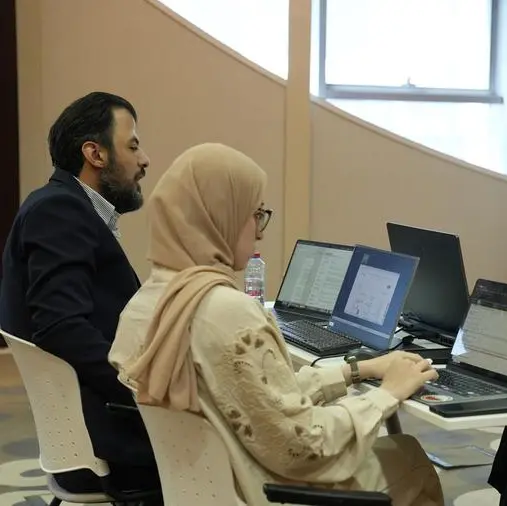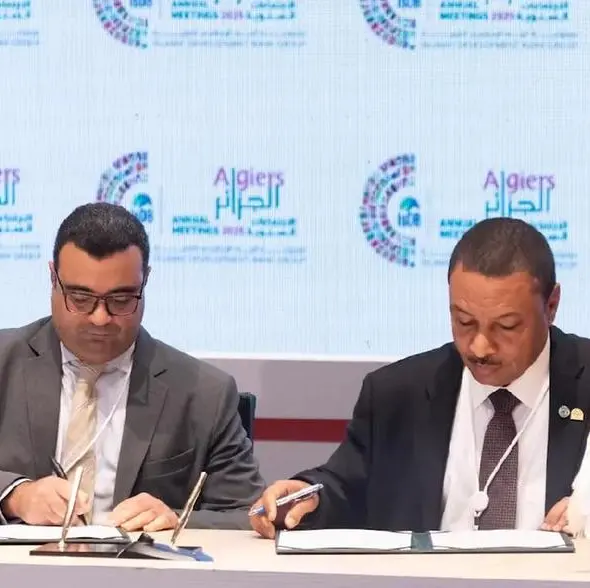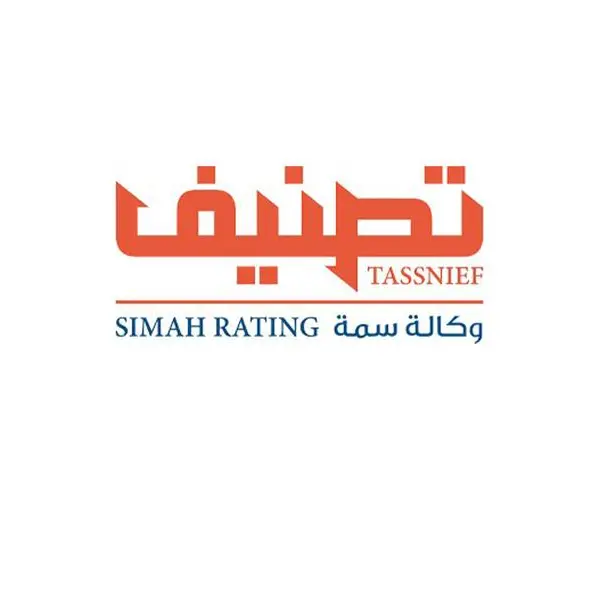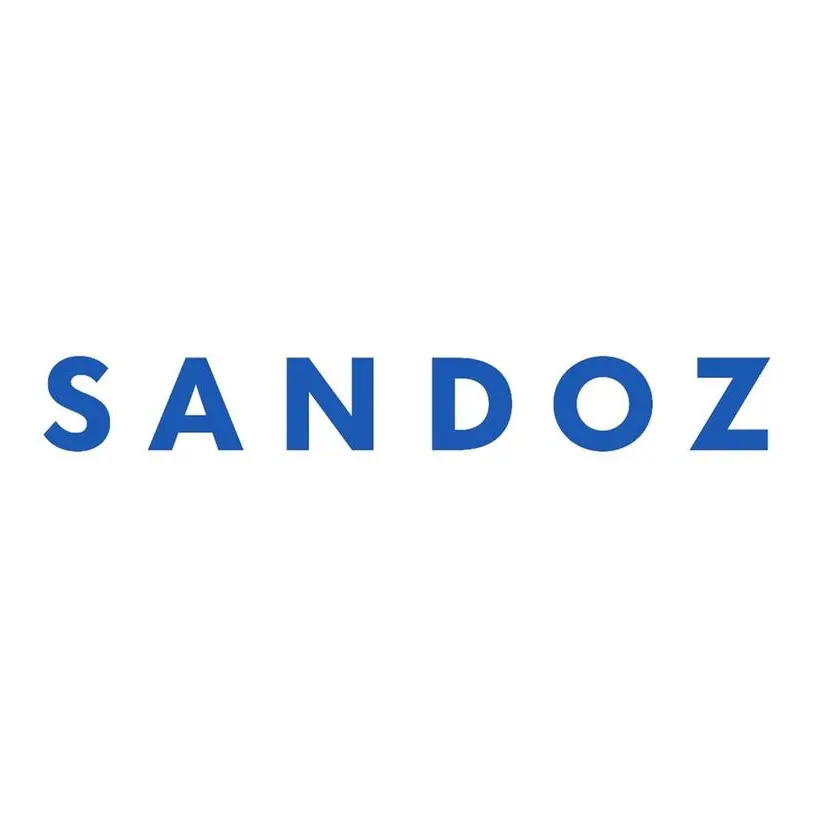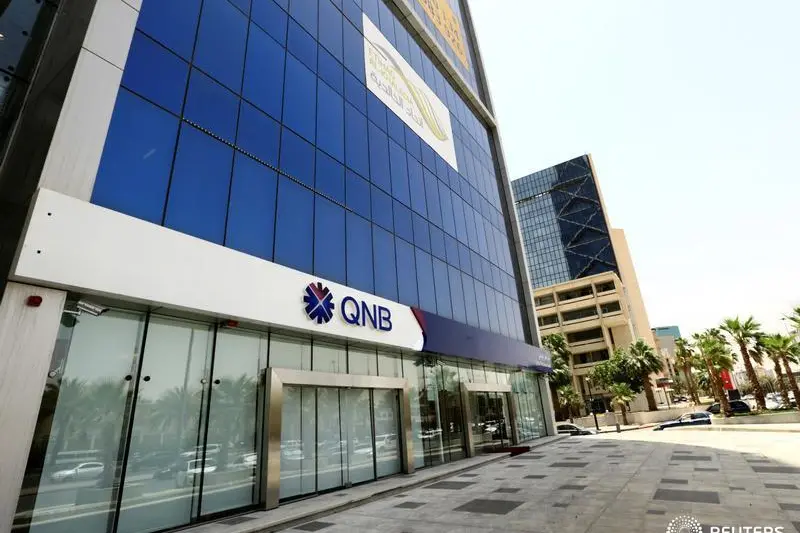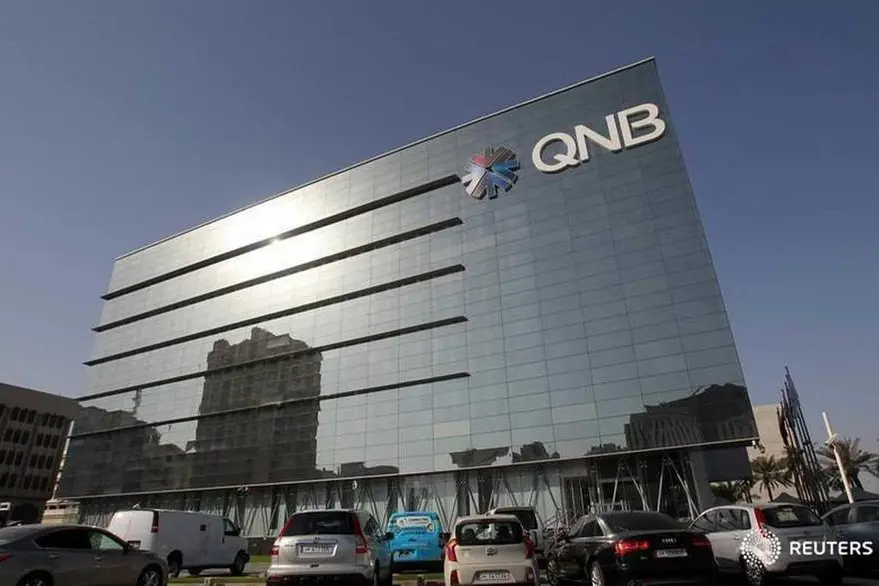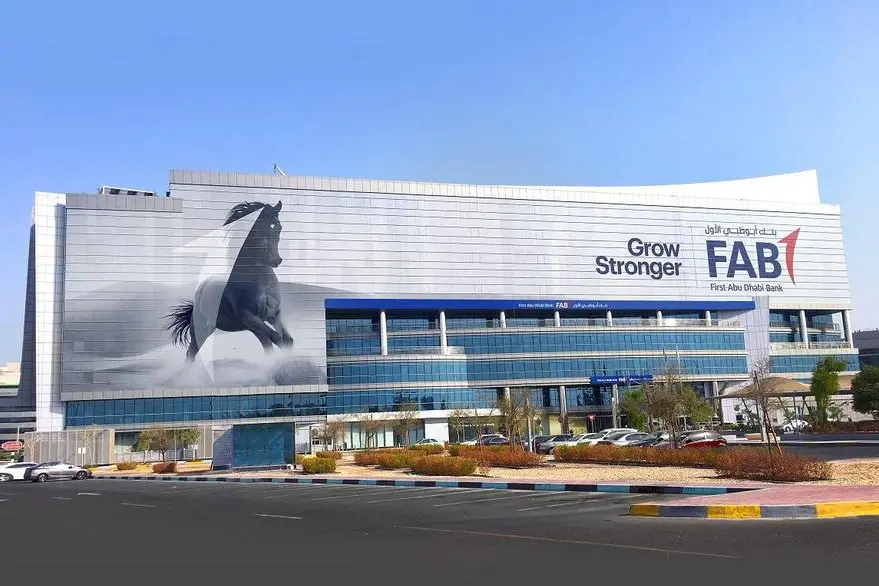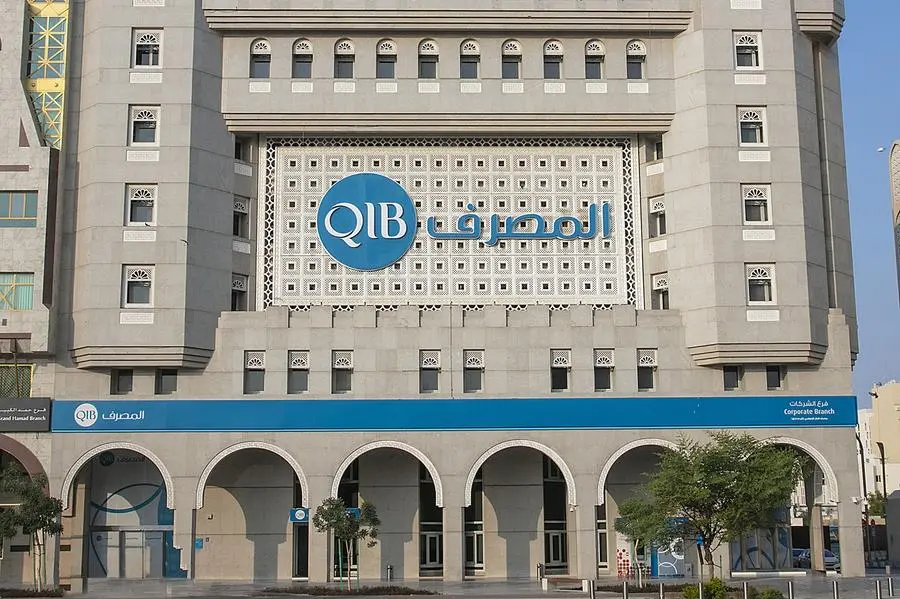Concurrently affirms its AA+IS rating on the issuer's Junior Sukuk Programmes
MARC has affirmed its long-term and short-term financial institution (FI) ratings of AAA/MARC-1 on CIMB Islamic Bank Berhad (CIMB Islamic). Concurrently, MARC has affirmed its rating of AA+IS on CIMB Islamic’s RM5.0 billion Basel III-compliant Tier 2 Junior Sukuk Programme and RM2.0 billion Tier 2 Junior Sukuk Programme. The one-notch rating differential between the two ratings is in accordance with MARC’s methodology. The outlook on all ratings is stable.
CIMB Islamic is a wholly-owned subsidiary of CIMB Bank Berhad (CIMB Bank) on which MARC has an FI rating of AAA/Stable. The FI rating on CIMB Islamic is equalised to its parent CIMB Bank based primarily on the former’s strategic role as the Islamic banking arm of its parent, their shared branding and close operational integration. As at end-June 2017, CIMB Islamic accounted for 19.6% of its parent’s consolidated loans and contributed 14.4% to CIMB Bank’s consolidated pre-tax profit.
CIMB Islamic is the second-largest Islamic bank in Malaysia, with total assets of RM72.4 billion accounting for 11.9% of Malaysia’s Islamic banking system assets as at end-June 2017. The bank’s asset size grew by a compound annual growth rate (CAGR) of 7.9% over the last five years, driven mainly by rapid financing growth. For 1H2017, the bank registered a financing growth of 8.0%, outpacing the Islamic banking industry average of 5.7%. The Islamic bank’s strong growth reflects CIMB group’s “Islamic first” strategy, under which Islamic financing is prioritised over conventional loans. Financing growth during the period was largely driven by retail and SME segments, in line with the group’s strategic direction.
CIMB Islamic’s gross impaired financing (GIF) ratio declined to 0.74% as at end-June 2017 from 0.98% as at end-2016, supported by substantial write-offs and write-backs relative to new impairments. The decline in GIF contributed to an improvement in the financing loss allowance coverage ratio to 76.2% as at end-June 2017 (2016: 62.4%). While impairments could rise on seasoning effect following strong financing growth in recent years, the likelihood of any sharp deterioration in the bank’s asset quality over the intermediate term is low given the improving domestic economy.
CIMB Islamic’s Common Equity Tier 1 capital ratio declined to 13.9% as at end-June 2017 (end-2016: 14.7%), mainly due to higher risk-weighted assets (RWA) on financing expansion. Its capital ratio remained higher than the Islamic banking industry average in the same period. MARC expects CIMB Islamic’s capital position to remain sound, supported by internal capital generation and its parent’s restricted profit sharing investment account (RPSIA) as it has been in the past. As at end-June 2017, total RWA for credit risk absorbed by the parent increased to RM4.3 billion (2016: RM3.2 billion). Additionally, the bank is able to utilise its existing Basel III Tier-2 Junior Sukuk Programme to support its capital position when required.
For 2016, the bank’s net profit increased by 34.4% y-o-y to RM543.2 million, largely due to higher net financing income and lower impairment charges. The strong financing growth during the year has offset a compression in the net financing margin (NFM) to 1.81% (2015: 1.99%) on Bank Negara Malaysia’s rate cut in July 2016. For 1H2017, the NFM further declined to 1.74% largely due to stiff competition for financings and deposits. MARC views that the intense competition among Islamic banks could continue to weigh on the bank’s NFM going forward. CIMB Islamic’s funding and liquidity profile remained sound, with a financing-to-fund ratio of 87.5% as at end-June 2017 (2016: 87.7%).
The ratings on CIMB Islamic and its programmes reflect the credit strength of its parent CIMB Bank given the strength of the parent-subsidiary relationship. Any revision in MARC’s assessment of this relationship and/or change in the CIMB Bank’s ratings could lead to a change in the Islamic bank’s rating.
© Press Release 2017


